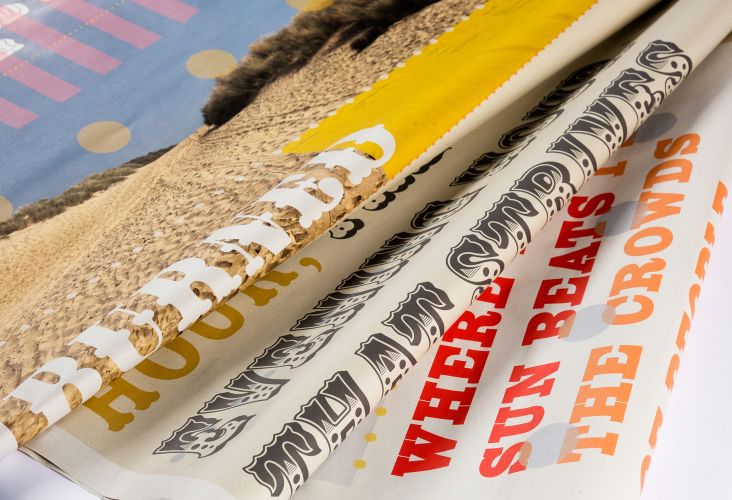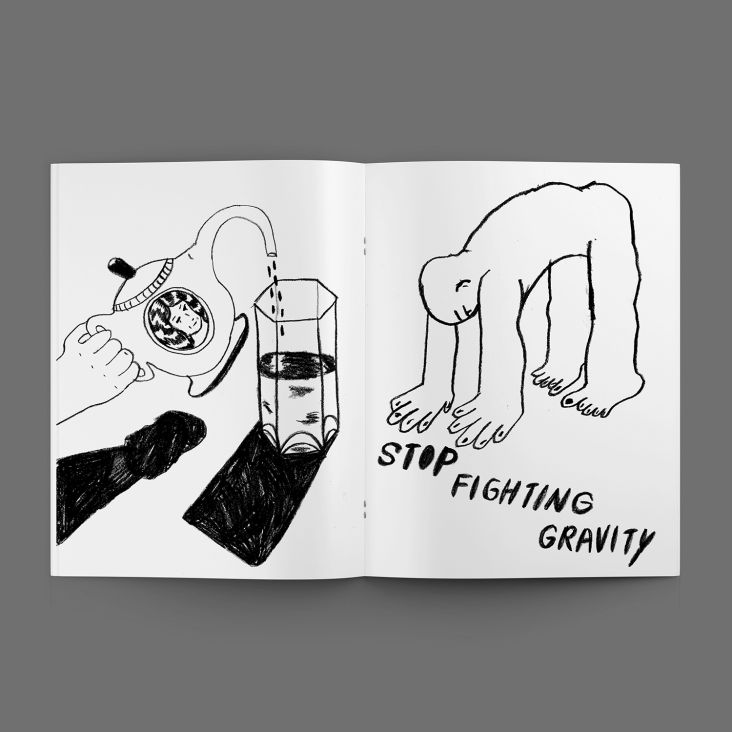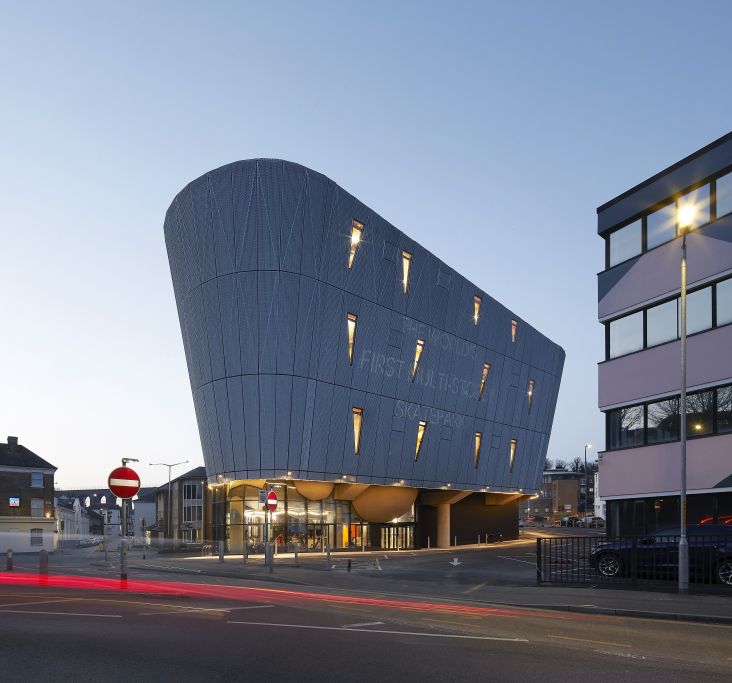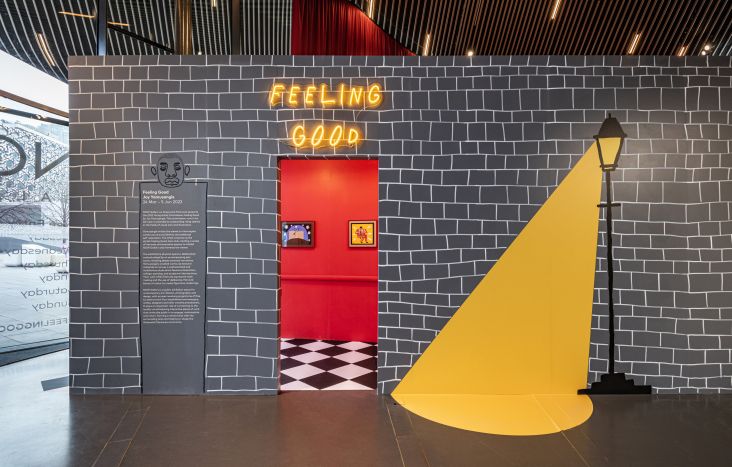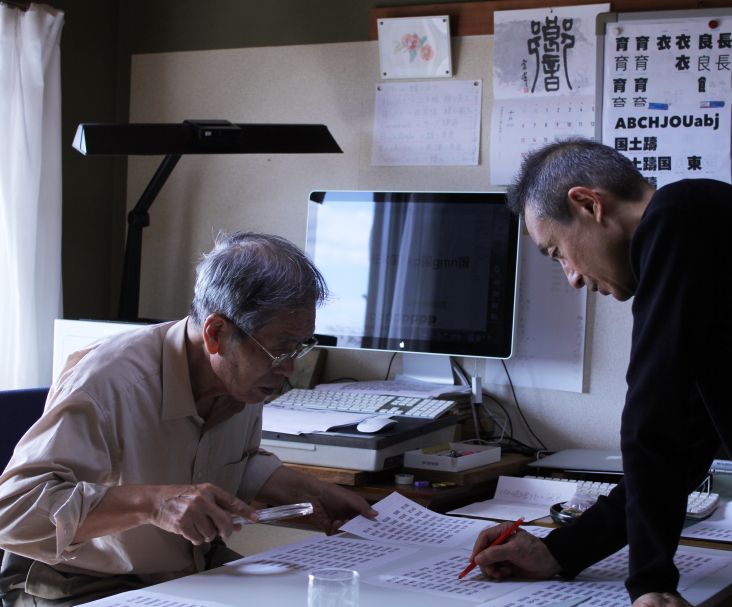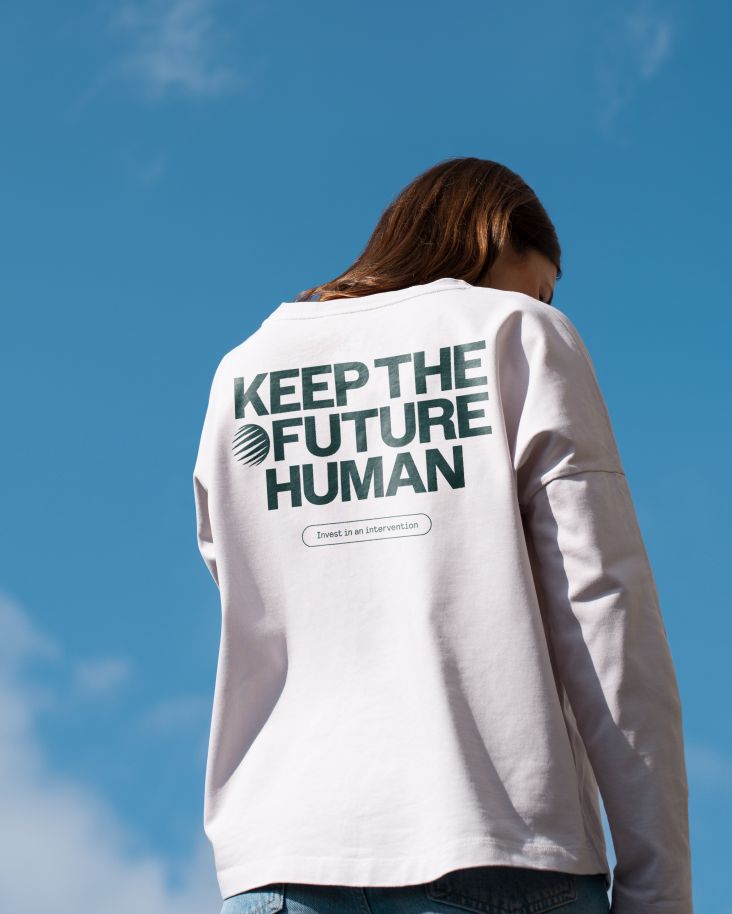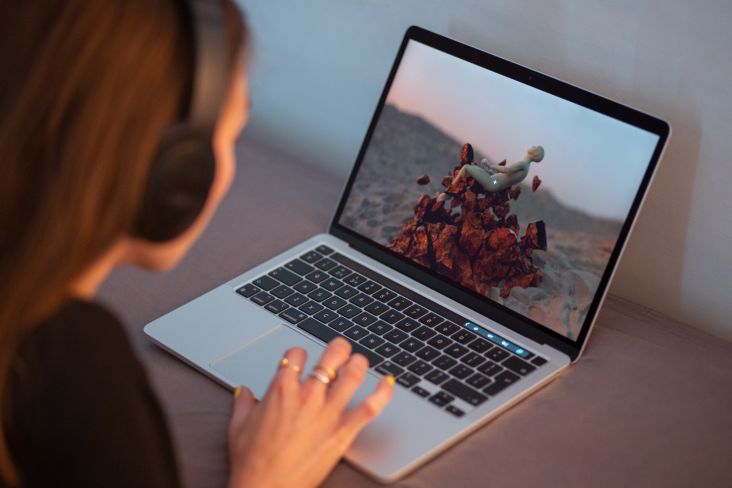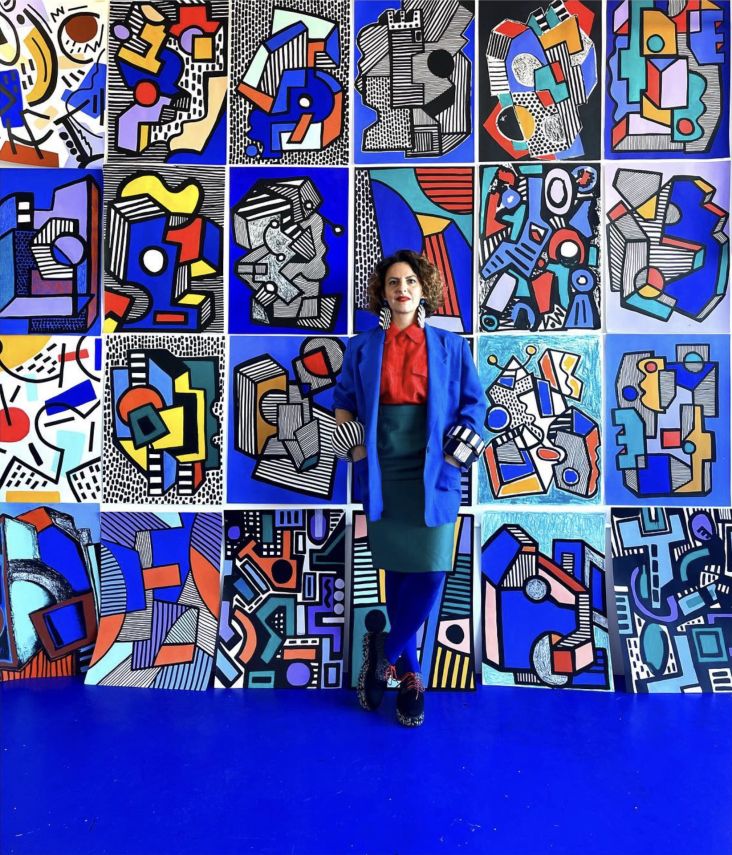New exhibition reveals the impact of the global pandemic on children’s play
It's difficult to see into the mind of a child, not least in the middle of a global pandemic. But the way kids play can give some valuable clues. And so a new exhibition, highlighting how youngsters have played in the Covid era, can provide some revealing insights indeed.
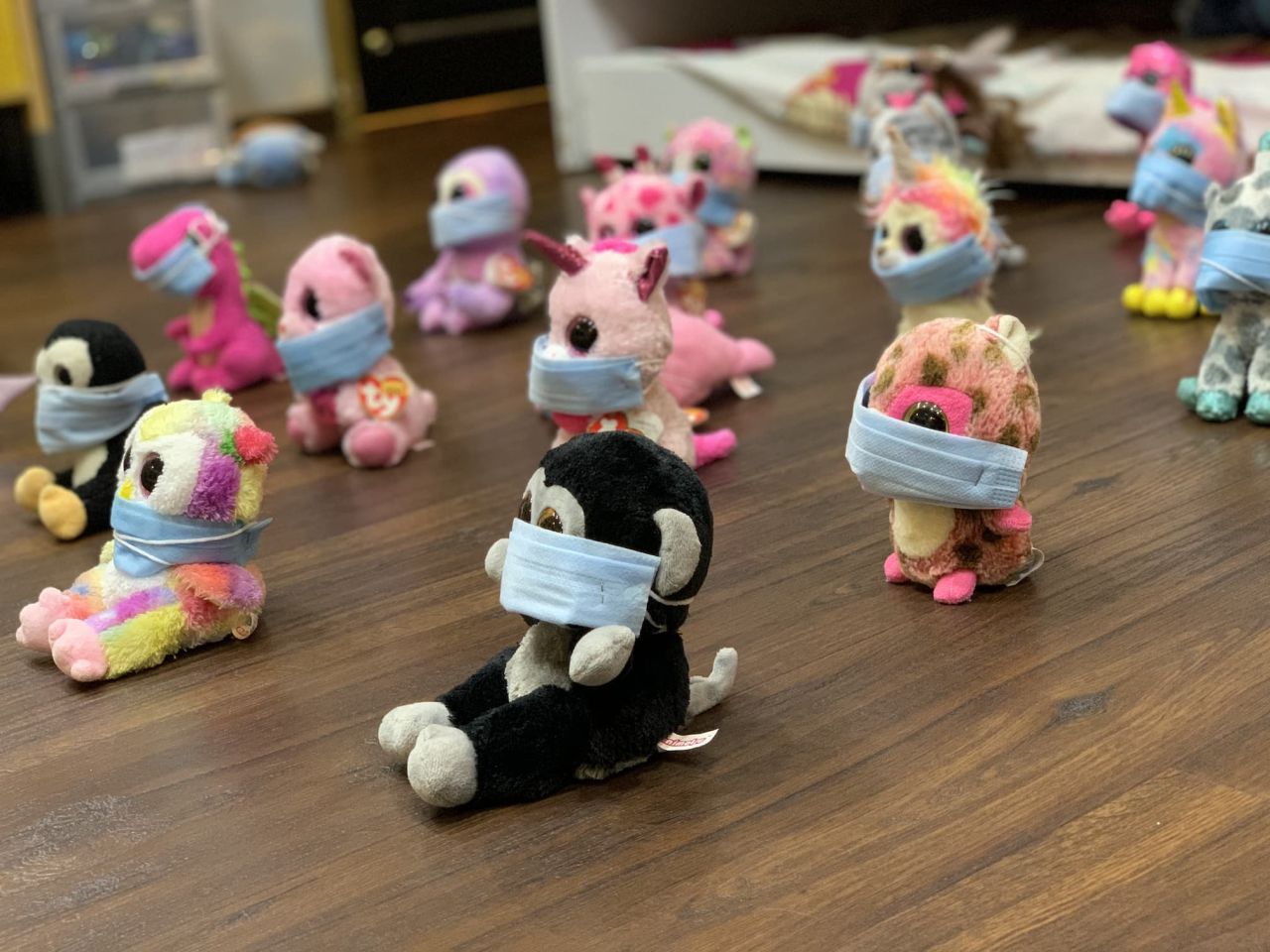
TY Toy Collection with IV drips and masks. Submitted by Fei Victor Lim, Singapore © The Play Observatory
Play In The Pandemic is the first-ever online exhibition by Young V&A, formerly known as the Victoria & Albert Museum of Childhood in London. It highlights how even the youngest contributors were aware of the virus, with scenes including children Covid-testing their teddy bears and creating make-shift face-coverings for hospital role play, as well as finding 'extreme escapism' through dress-up and imaginative play.
It all stands testament to how resourceful and creative children and their families were during the lockdown and should provide useful insights into the social impact of the pandemic for future generations.
Gathering the exhibits
Spanning the years 2020 to 2022, The Play Observatory research project, led by Professor John Potter, invited children, their families, schools, groups and organisations to submit their experiences of play during the period through an online survey led by the University of Sheffield.
The public call-out generated 100s of global submissions from the UK to Australia, ranging from music videos to digital magazines and artworks created by children, alongside films by parents showing their kids splashing in puddles or making snow angels.
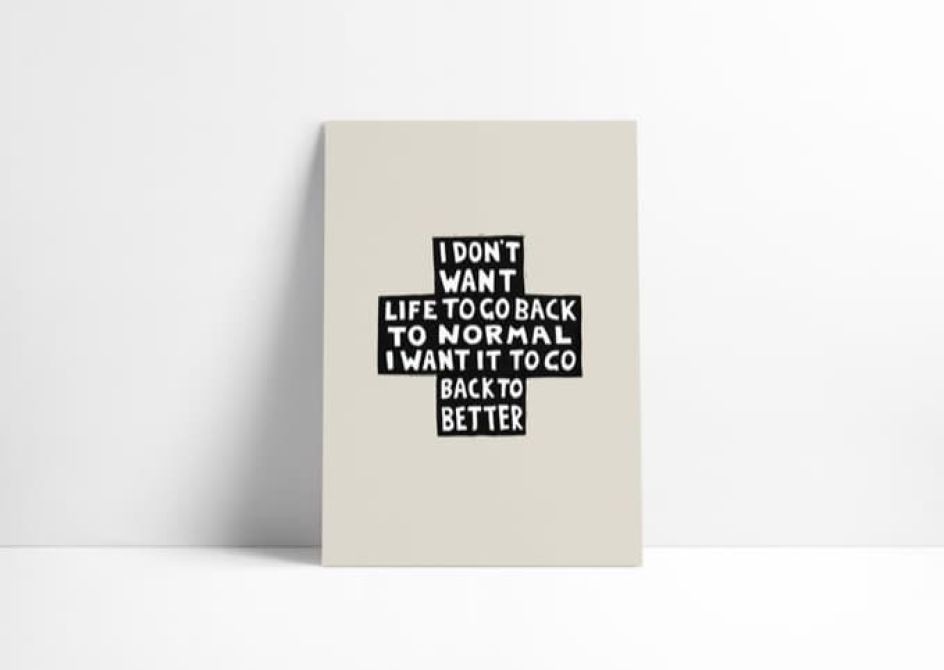
I Don’t Want Life To Go Back To Normal I Want It To Go Back Better. Submitted by Woody aged 8 and his father Sonny Adorjan, 2020-21, London, UK © Woody and Sonny Adorjan
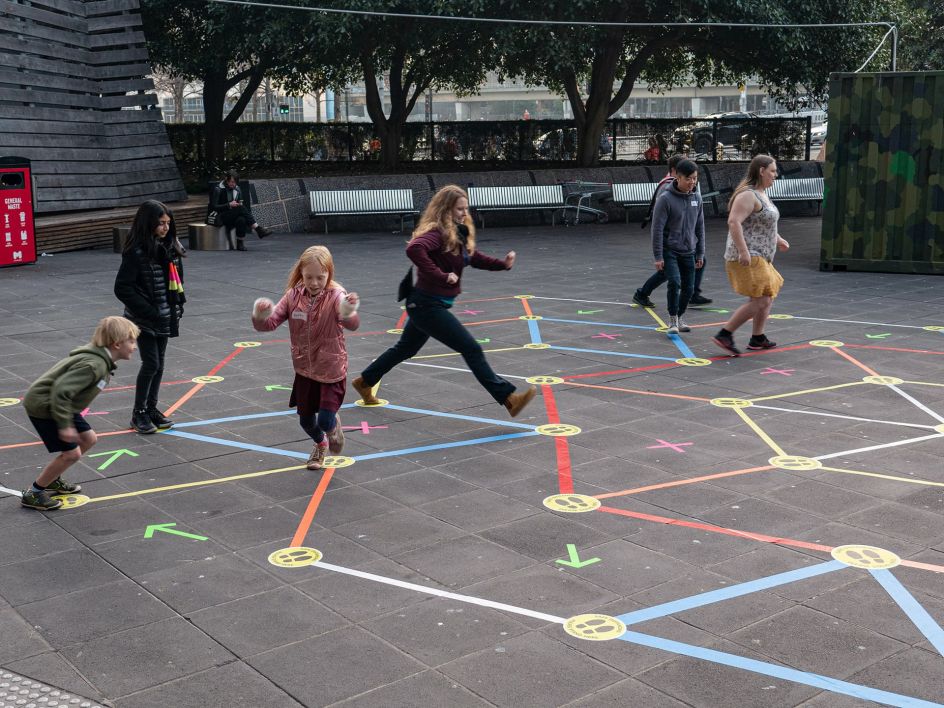
Street Tape Games – A playable art installation designed around social distancing rules, subverting the role of social-distancing tapes and rules to create a fun collaborative game. Submitted by Helen Kwok and Chad Toprak, 2020-21, Melbourne, Australia © Street Tape Games
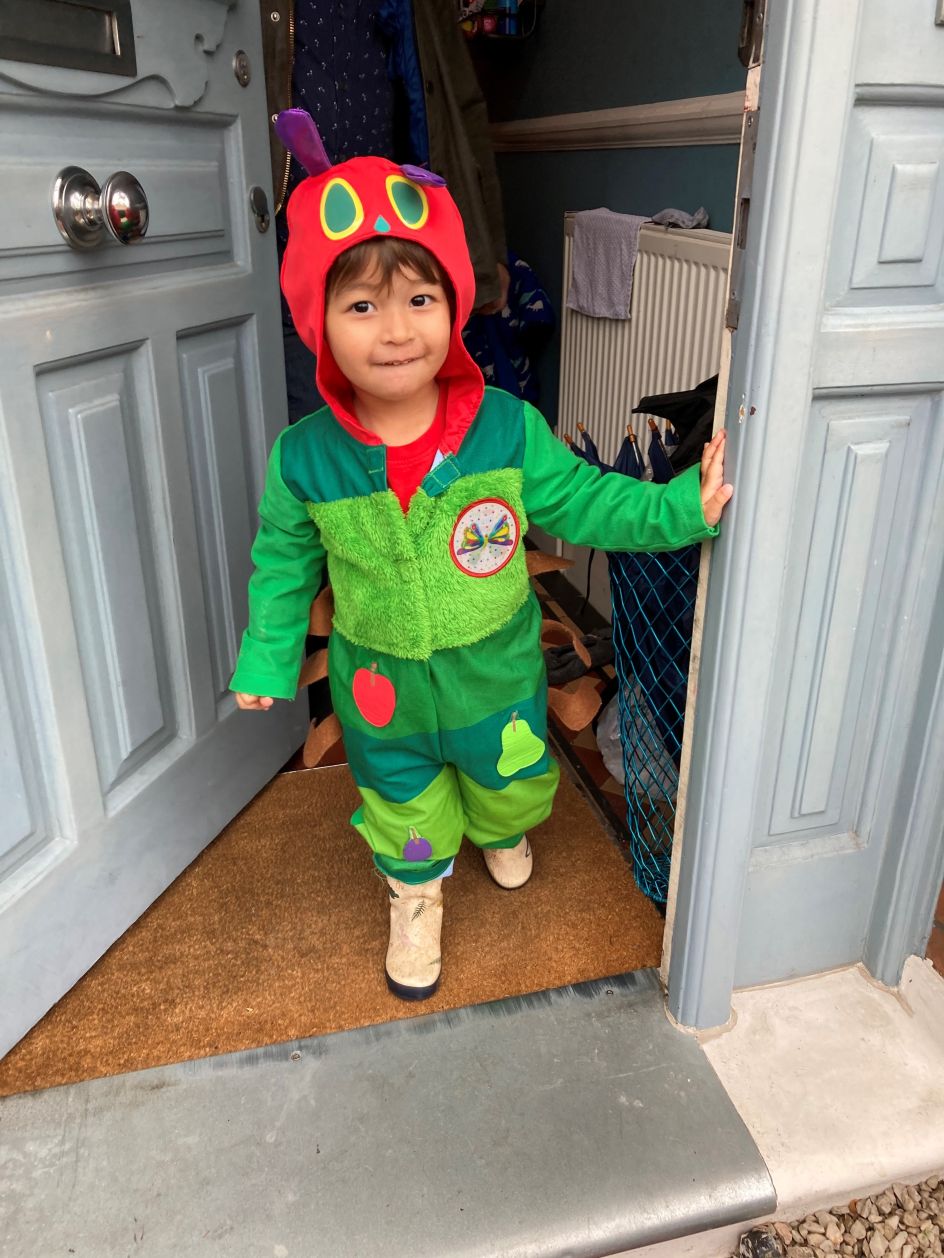
The Hungry Caterpillar dress-up, London, UK © Katy Canales
Working with artist Marcus Walters, online interactive designers Juliette Coquet and Sindi Breshani from Episod Studio, Dr Valerio Signorelli and play specialists from Great Ormond Street Hospital, Young V&A's Katy Canales has selected from this pool of artefacts to curate an interactive online experience. The exhibition combines survey submissions with objects from Young V&A's own collection, along with a series of activities, from how to make your own origami house to creating dens and window boxes.
The exhibition takes the form of an unfolding origami house. Inspired by children's activities, the playful design reflects how our homes were the settings for many pandemic experiences.
Curation and categories
The exhibition is organised into four themes: Constructing, Imagining, Exploring and Innovating, with each theme exploring three different modes of children's play.
Constructing looks at how children use play to build their understanding and control situations that they find difficult to process. During the first and second national lockdowns, children created safe spaces such as dens to play in. They made artworks that conveyed hopes, joys and fears, as well as small worlds with their toys, often playing out real-life scenarios in a safe setting.
Highlights include a sitting room den created by Sheffield-based Rosie Whitehead's children aged one and three, and a poignant lino print 'I Don't Want Life To Go Back To Normal I Want It To Go Back Better', submitted by eight-year-old Woody, who is autistic, and his father, Sonny Adorjan.
Imagining explores how during the pandemic, children used their imaginations to conjure up moments of escapism and comic relief. Making and using props, telling stories and creating performances enabled children to play with reality and immerse themselves in alternative scenarios.
Highlights include the poem 'All Alone' by nine-year-old Austin Coolin from North Walsham and 11-year-old Leo Kelly's music video 'Lost Without You', juxtaposed with objects from Young V&A's Eileen Brock Archive packed with theatre programmes, sheet music, costume and plays.
Exploring focuses on how outside exploration makes for happier, healthier, and more confident children. In response to lockdown limitations during 2020-22, play became more localised. Families began exploring their neighbourhoods during their daily walks.
Gardens, window boxes and parks provided fertile ground for seasonal play, and some communities devised activities like scavenger hunts and nature trails for families to engage with and explore while following restrictions. Highlights include photos and films documenting children and their families taking part in outdoor treasure hunts, nature trails and building forts in the snow.
Innovation explores how children are constantly exploring and innovating new ways to engage with and learn from objects, settings, and the people around them. During the national lockdowns, many children who were fortunate enough to have access to digital devices used them to transform their school and recreational activities into more stimulating and enjoyable pursuits. They developed ways to connect socially with friends, family, and peers and voice their ideas to a broader audience.
From fun to grief
Capturing moments of fun and light-heartedness, including Barbies taking part in Joe Wicks' PE classes, face painting, and beach walks, the exhibition juxtaposes these with expressions of anxiety and grief recorded in children's art and poetry during the Covid era.
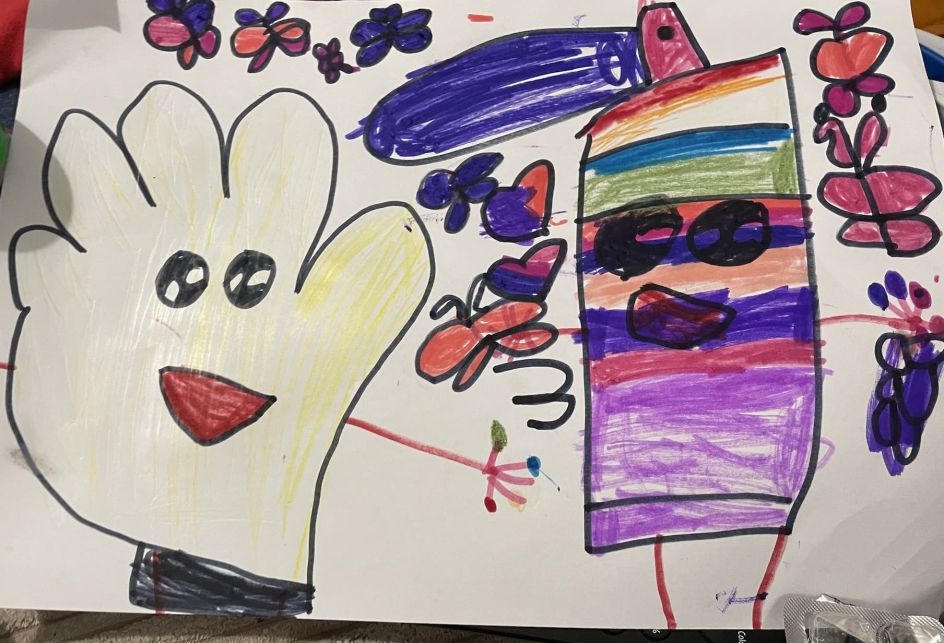
Germs and Hand-Sanitiser The health messaging for increased hand-washing to prevent virus transmission became part of children’s everyday language. Submitted by Cadi, 4 years old, 2020-21, Pontarddulais, UK © The Play Observatory
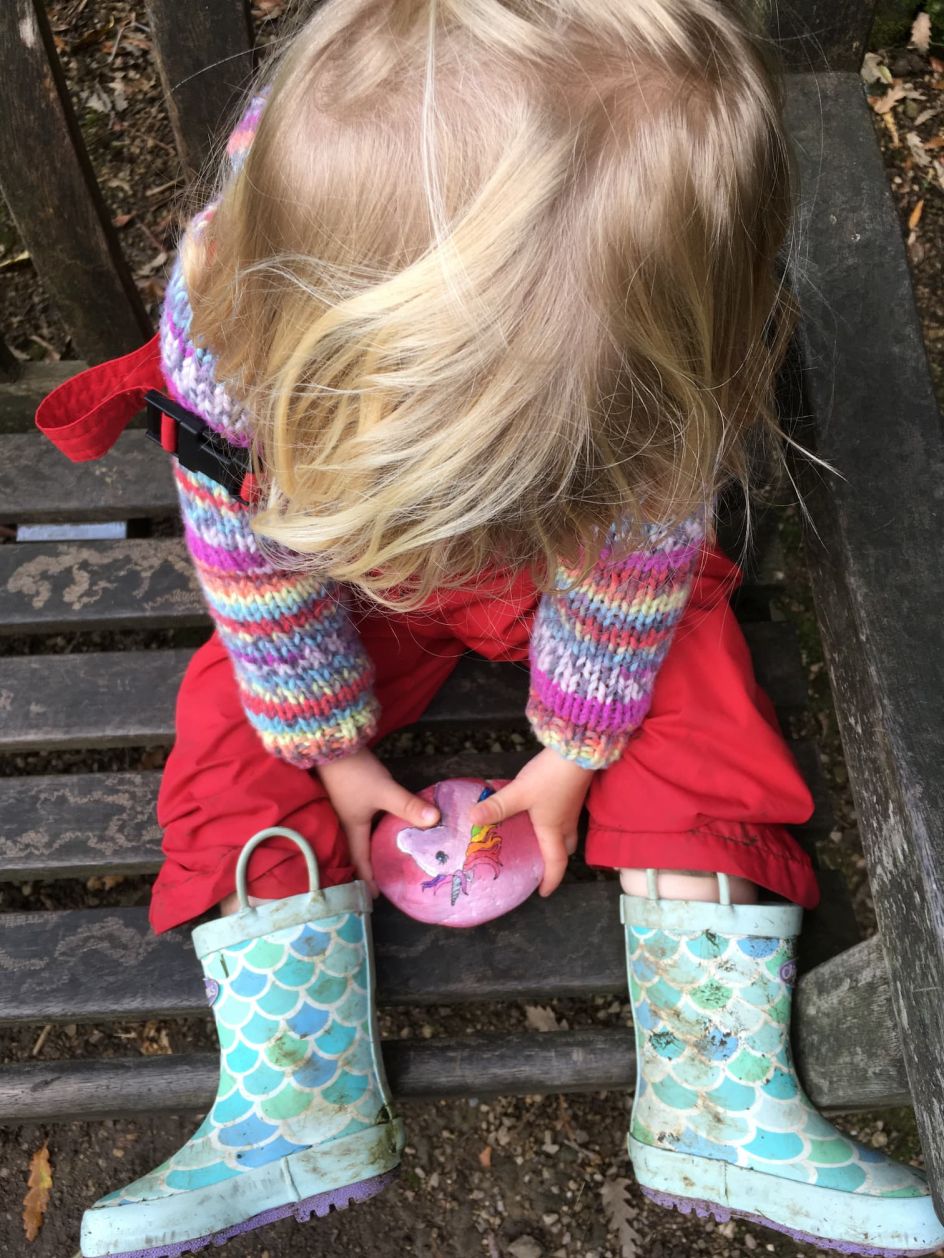
Painted Stones. Submitted by Cheryl Bailey, 2020-21, Sheffield, UK © The Play Observatory
There are photographs of 'Keep Out' signs chalked on the pavement outside children's homes to ward off Covid-19, as well as a digital monthly magazine HomeCool Kids Magazine and the experience of a child who created a Minecraft funeral for his father who was unable to attend his friend's funeral in person.
"The devastating effects of the global pandemic have impacted everyone – especially children and young people, who saw their lives upended as schools and playgrounds closed, were isolated from their friends and extended families and restricted to their homes," says Katy Canales, online exhibition producer at Young V&A.
"Championing, co-curating and co-producing with children is central to Young V&A's approach. The Play In The Pandemic project strives to capture and amplify their voices and experiences, celebrating their resourcefulness, creativity, and empathy through a new playful online interactive experience."
Play in the Pandemic can be accessed via playinthepandemic.play-observatory.com.

















